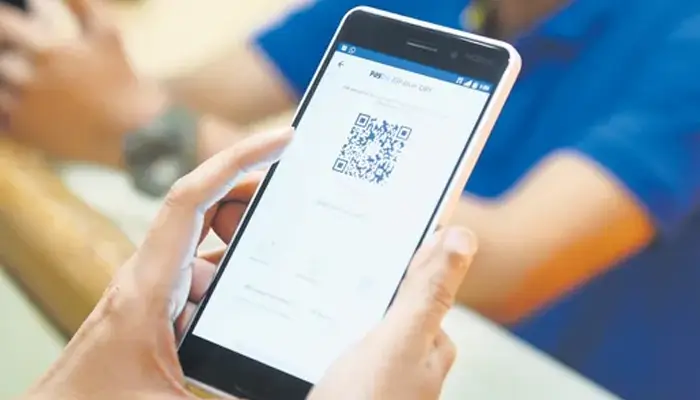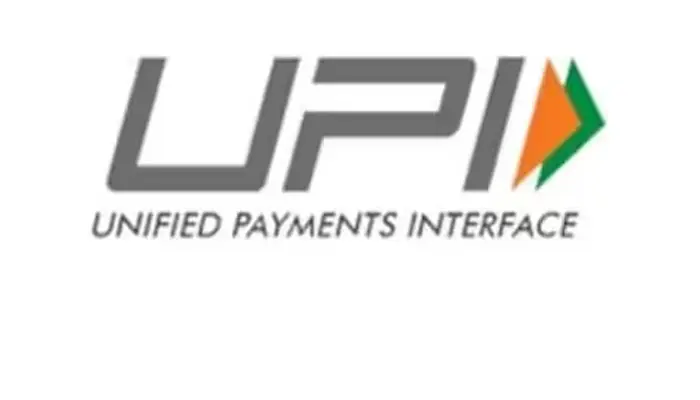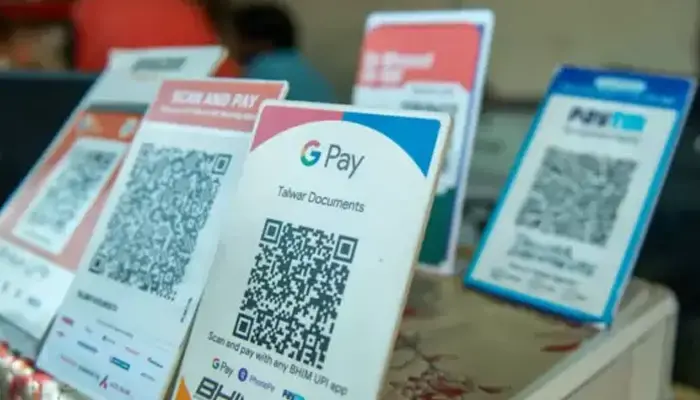UPI At Ghana's Interbank System Within Six Months; Know How UPI Has Revolutionized India's Financial Landscape
- Admin
- 1 year ago
- 4 minutes read

Within six months, it will allow users in both India and Ghana to make payments instantly.
"We see digital payments as a public good. People should be able to access these facilities freely, and we intend to achieve a higher level of transparency through digitization." - Nirmala Sitharaman
The Unified Payments Interface, commonly known as the UPI, has totally revolutionized the way we conduct financial transactions in India. No, not just India, because the system has now gone beyond our borders, and is available in several other parts of the world as well. After countries like Sri Lanka, Mauritius, and Singapore among others, Ghana is the latest addition to the list.
Yes, in a Joint Trade Committee (JTC) meeting between Indian and Ghanaian officials in Accra, the two countries agreed to connect the Unified Payments Interface (UPI) and Ghana Interbank Payment and Settlement Systems (GHIPSS) within six months. Once this materializes, it will allow users in both countries to make instant, low-cost money transfers on a reciprocal basis. What's more, it will reduce dependency on the U.S. currency and help strengthen the value of the rupee.

As it goes without saying, the move comes after the UPI gained momentum rapidly in the Indian market and beyond. While we eagerly await Ghana to adopt the system, let's understand how it has revolutionized our financial landscape over time.
The Rise Of UPI
It was in 2016 that the National Payments Corporation of India (NPCI) launched the UPI in India. Several aspects of it seemed attractive to people:
Firstly, it allows users to transfer money instantly to bank accounts without entering account details. Also, we can link multiple bank accounts to a single mobile application. What's more, there's no charge for money transactions!

Initially, there was very limited use of it for obvious reasons. However, thanks to its convenience, the UPI soon became one of the most prominent payment systems in India, with apps like Google Pay, Paytm, and PhonePe becoming popular among the masses. Today, there are over 350 million people in India who use UPI for financial transactions. In 2023-24, India witnessed 131 billion transactions and 200 lakh crores of rupees transacted through UPI.
Fostering Financial Inclusion And Contributing To Economic Growth
Prior to the launch of UPI, a massive part of the Indian population (especially those living in rural areas) stayed out of the formal banking system. However, thanks to its simple and convenient infrastructure, the UPI has been able to bring millions of people under the formal banking system, fostering financial inclusion to a great extent. It has made the service accessible to one and all, creating a lot of new opportunities for common people. On the other hand, it has empowered various small businesses quite significantly over the years, contributing a lot to the country's economic growth.

The Future Prospects
The UPI has revolutionized India's financial landscape. But you know what's even better? It's that the system is consistently evolving, introducing various new features that promise bigger impact in years to come. With time, numerous UPI-enabled applications with unique features have been developed, catering to different requirements of different people. There have been many developments in recent times, including invoice payments, overdraft facility, enabling RuPay card attachment to UPI, linking UPI to PPI, and more. Moreover, it has embraced latest technologies such as artificial intelligence, machine learning, and others that make transactions more convenient now than ever. The future prospects are incredibly promising, thanks to the adoption of UPI 2.0, paving the way for an even better financial ecosystem.

Technology has no limits, and UPI is one example of that. It's a powerful tool pushing India towards its goal.












